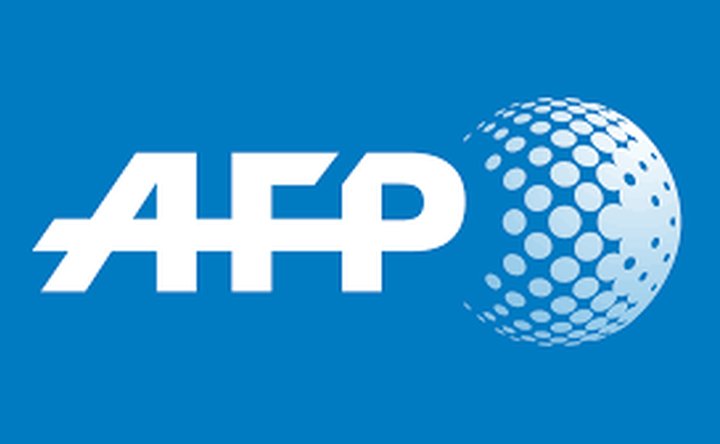Planes, tanks, subs: the Thai generals' shopping list
Defence spending in Thailand has surged over the last decade, during which the military has seized power twice. The junta-picked National Legislative Assembly has proposed $7 billion for defence in the FY 2019 - a $1-billion increase since the 2014 coup.
Big purchases - many from China - have drawn criticism in a country riddled with inequality, corruption and still beset by an insurgency in the deep south.
Deep Water
In 2017, Thailand approved the purchase of the first of three Yuan-class submarines from China at $393 million each. The junta defended the move, called it a bargain for the Thai navy, and said it was needed to safeguard resources in the Andaman Sea.
A submarine training centre sits outside Bangkok with a simulator but no actual subs. Talks are also underway for China to construct a military hardware repair facility in Thailand.
The submarine plan stirred comparisons with the aircraft carrier Thailand bought from Spain in the 1990s - now a white elephant that sits at port and has no planes.
New Tanks
Thailand's military gave itself a new year's gift of more than a dozen VT-4 Chinese battle tanks worth ฿2.2 billion ($70 million).
In 2017, the junta approved the $58 million purchase of 10 VT-4s, which itself followed deals to procure 28 of the model. The defence minister said the VT-4s would replace Thailand's ageing US-made M41 tanks that had been in use since World War II.
The Thai army has rarely used tanks in recent years, except for deployments during street protests.
Flying High
China is not Thailand's only military supplier. Bangkok announced in 2017 its air force would get eight South Korean-manufactured jets in a $2.6-billion splurge, adding to four others snapped up in 2015.
Those four T-50TH Golden Eagles are worth around $110 million and were delivered last year, manufacturer Korea Aerospace Industries said on its website. KAI also said the eight advanced trainer jets would arrive by 2020.
US Deals
The US government has sold approximately $437 million of major military hardware to Thailand through FMS since 2014, a figure that does not account for direct commercial sales.
‘Thailand is one of our oldest partners in Asia, and our broad cooperation continues on issues that benefit both our countries, the region, and beyond,’ the embassy said in a statement to AFP.
Thailand is a longtime US ally but ties were briefly strained after the 2014 coup. President Donald Trump warmed things up when he invited coup leader Prayut Chan-O-Cha to the White House in October 2017.
But US arms sales - including Black Hawk helicopters reportedly purchased in 2017 - have not made as many headlines as the big China buys.
An Army Park
Not all military-backed projects have focused on arms.
Less than a year after the royalist junta took over, it built a park glorifying seven ancient Thai kings near the seaside town of Hua Hin.
Each bronze figure is 14m (46ft) high.
But Rajabhakti Park, which opened in 2015, became mired in corruption allegations over-inflated costs linked to the project - from the trees to the public toilets. The statues themselves were said to cost around $1 million each.
The graft claims were rejected and the government said funds to build the project were donated by the public and private sectors.
More from Defence Notes
-
![Pentagon’s FY26 defence budget proposal is $130 billion more than US Congress plans to provide]()
Pentagon’s FY26 defence budget proposal is $130 billion more than US Congress plans to provide
The House Committee on Appropriations approved a FY2026 bill reducing investments in main defence programmes.
-
![What role could holographic and 3D capabilities play in the warfare of tomorrow]()
What role could holographic and 3D capabilities play in the warfare of tomorrow
Holographic and 3D technologies have been lauded by some for their ability to provide technical and operational advantages for military training and planning. But is the hype truly justified?
-
![Unfolding the Golden Dome for America: Seven things you should know about the programme]()
Unfolding the Golden Dome for America: Seven things you should know about the programme
Shephard talked to multiple experts about the most pressing concerns and considerations regarding the air defence system advocated by President Trump.
-
![Industry welcomes UK Strategic Defence Review, but pressure remains on future defence investment plans]()
Industry welcomes UK Strategic Defence Review, but pressure remains on future defence investment plans
While industry reception to the SDR has been positive, questions still remain from analyst and trade associations about what this could mean for future investment and the future UK Defence Industrial Strategy.
-
![UK Strategic Defence Review puts emphasis on autonomy, airpower and munitions]()
UK Strategic Defence Review puts emphasis on autonomy, airpower and munitions
The UK’s Strategic Defence Review (SDR) was launched as one of the first acts of the UK’s new Labour Government in June last year. The review has recommended a major big-picture reform of the country’s forces.

























